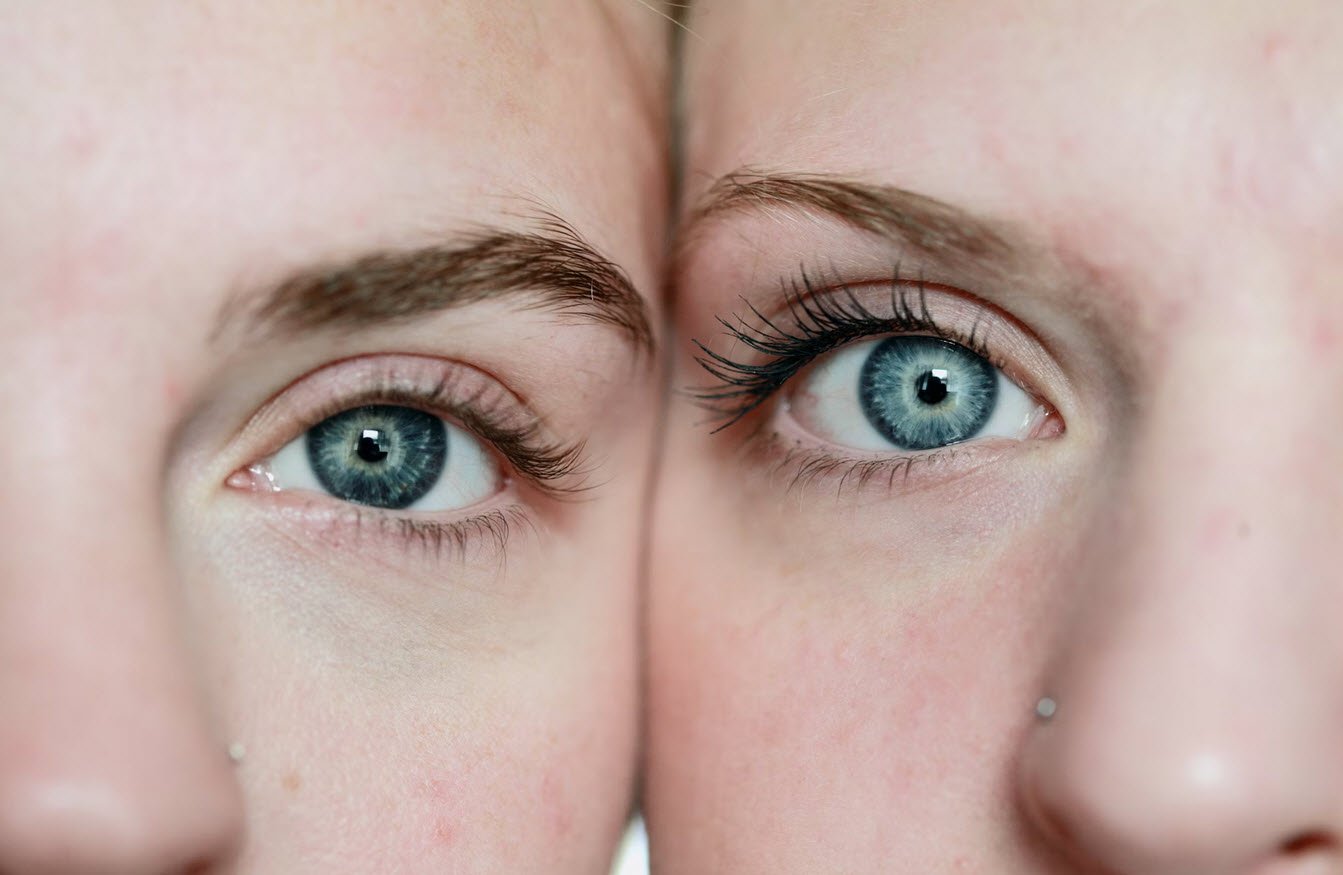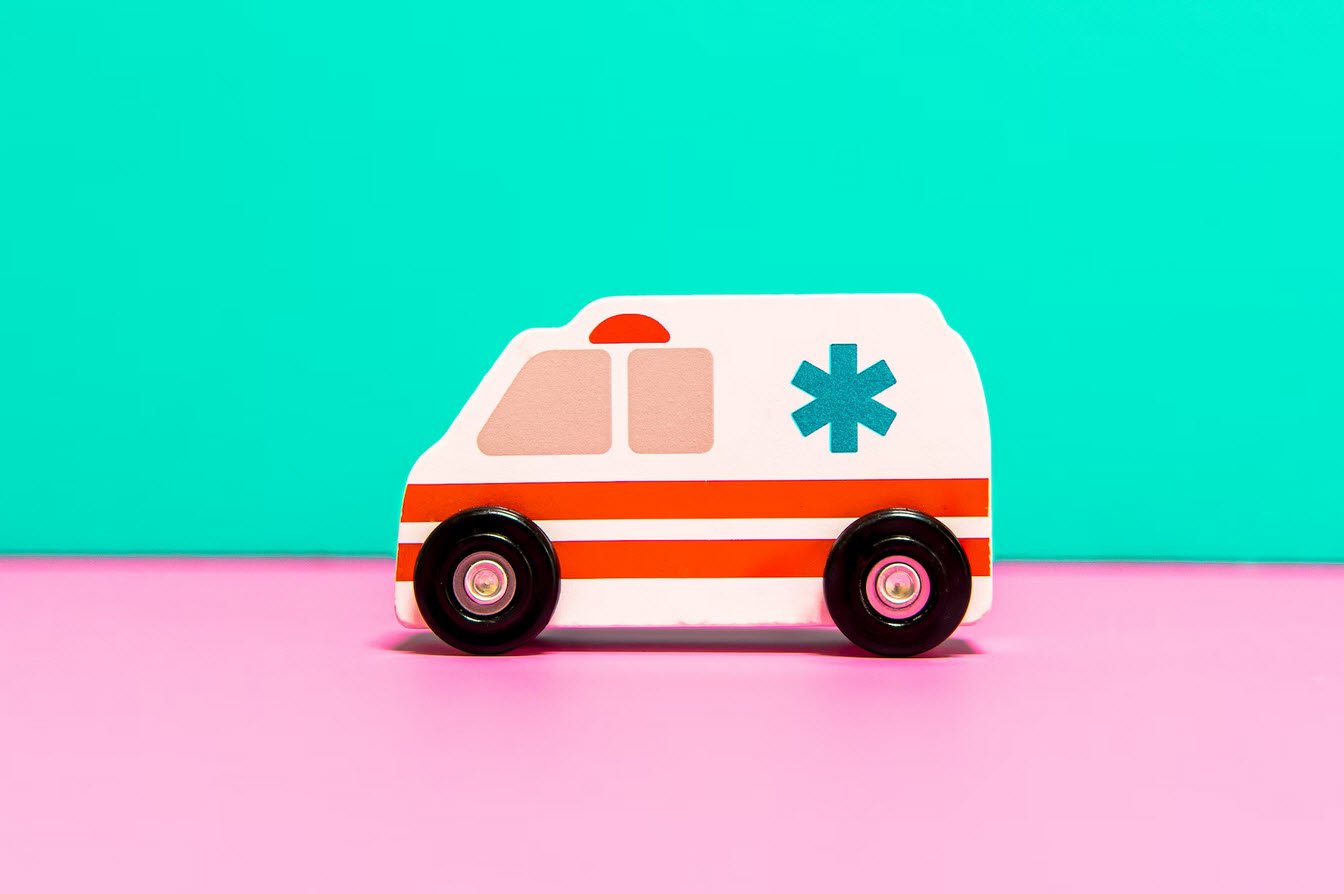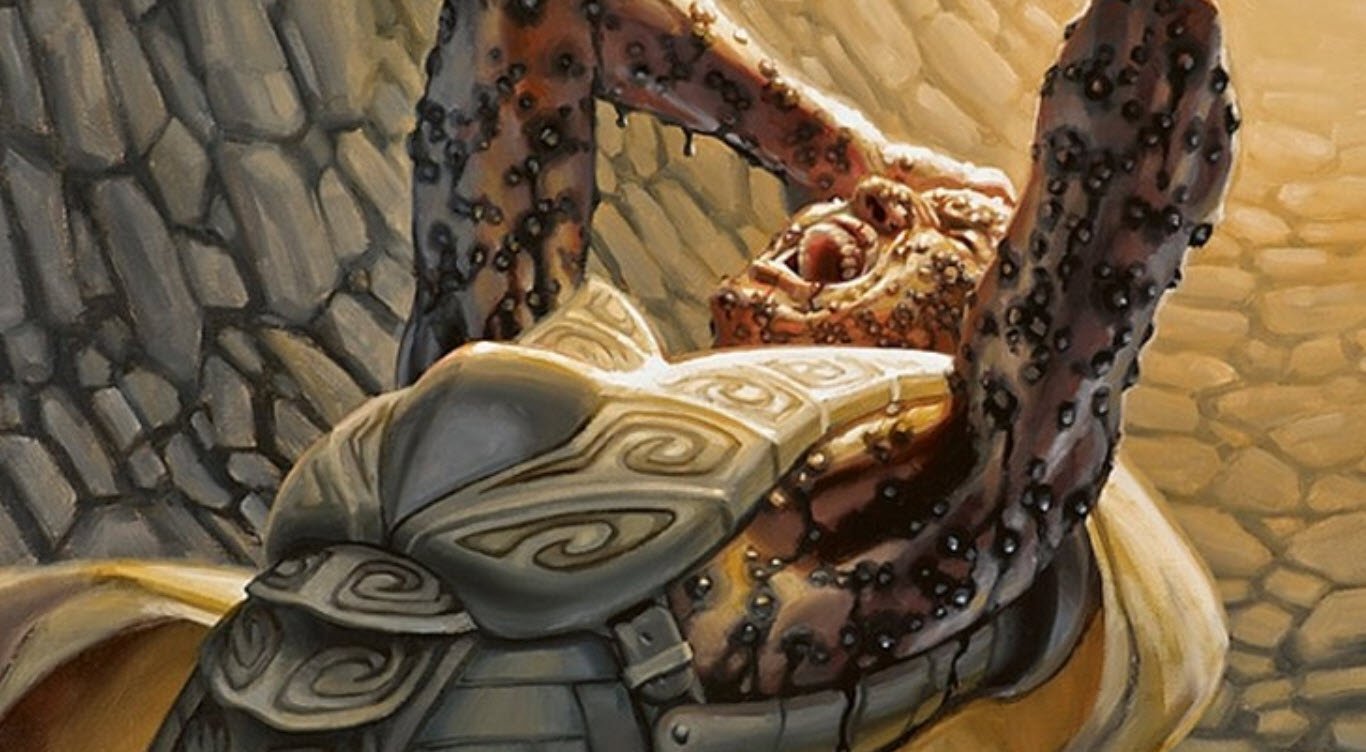
Anxiety is a natural response to potentially threatening situations, but when it becomes chronic and irrational, it can evolve into various anxiety disorders. Understanding the different types of anxiety disorders is crucial for accurate diagnosis and effective treatment.
In this article, we will explore into several common forms of anxiety disorders, each with its unique characteristics and manifestations.
- Generalized Anxiety Disorder (GAD)
- Specific Phobia
- Panic Disorder (Agoraphobia)
- Social Phobia (Social Anxiety Disorder)
- Obsessive-Compulsive Disorder (OCD)
- Post-Traumatic Stress Disorder (PTSD)
1. Generalized Anxiety Disorder (GAD)
Generalized Anxiety Disorder is characterized by persistent, excessive worry without a clear cause. Individuals with GAD often experience anxiety for at least six months, leading to symptoms such as heart palpitations, insomnia, headaches, and dizziness.
This disorder tends to affect women more than men, and the constant fretting and worrying can significantly impact daily life.
2. Specific Phobia
Specific phobia involves an intense and irrational fear of a particular situation or object. When confronted with the feared stimulus, individuals may exhibit symptoms like shaking, shortness of breath, heart palpitations, and nausea.
Common phobias include fear of heights, enclosed spaces, blood, and animals. The fear is so overwhelming that individuals may go to great lengths to avoid the triggering situation, sometimes compromising their safety.
3. Panic Disorder (Agoraphobia)
Panic disorder, also known as Agoraphobia, is characterized by recurring and unexpected panic attacks. Symptoms of panic attacks may include shaking, chest pains, dizziness, and fear of losing control. Individuals with panic disorder are often aware that their panic is irrational, but they may avoid public spaces or being alone to prevent potential panic attacks.
Severe panic attacks may lead to a loss of control, posing a risk of self-harm.
4. Social Phobia (Social Anxiety Disorder)
Social phobia, or social anxiety disorder, manifests as intense anxiety in social situations. Symptoms such as shaking, dizziness, shortness of breath, and heart palpitations may occur when an individual with social phobia is the center of attention or surrounded by people.
This anxiety can significantly hinder social interactions, and individuals may go to great lengths to avoid situations that trigger their social phobia.
5. Obsessive-Compulsive Disorder (OCD)
Obsessive-Compulsive Disorder involves persistent anxiety caused by intrusive obsessions or thoughts. To alleviate anxiety, individuals with OCD engage in compulsive, repetitive behaviors or rituals.
For instance, someone obsessed with cleanliness may compulsively clean and organize items without a rational reason. OCD significantly impacts daily functioning and can lead to a cycle of distressing thoughts and compulsive behaviors.
6. Post-Traumatic Stress Disorder (PTSD)
Post-Traumatic Stress Disorder can develop after exposure to a severely traumatic event. Individuals with PTSD may experience intrusive thoughts, flashbacks, and nightmares related to the trauma.
Stimuli associated with the traumatic event can trigger intense emotional responses, leading to uncontrollable crying, panic attacks, or a loss of control. PTSD symptoms may manifest immediately after the trauma or emerge years later.
Conclusion
Recognizing the distinct characteristics of different anxiety disorders is crucial for accurate diagnosis and effective treatment. Each type of anxiety disorder requires tailored interventions to address the underlying causes and manage symptoms.
Seeking professional help and support is essential for individuals experiencing anxiety disorders, as proper diagnosis lays the foundation for successful treatment and recovery.
You may also like:- 51 Ways to Reduce Allergies – A Comprehensive Guide
- Cataracts vs. Glaucoma – Unraveling the Differences in Two Common Eye Conditions
- Asthma – A Chronic Inflammatory Disorder
- Diabetes – Types, Causes, and Symptoms
- Exploring the Spectrum of Diseases – A Comprehensive Overview of Different Classes
- What is Oppositional Defiant Disorder (ODD)?
- Black Pox – Unraveling the History and Horror of Smallpox
- Top 6 Symptoms of Autism Spectrum Disorder (ASD)
- Understanding the Risk Factors for Obstructive Sleep Apnea (OSA)
- Cardiac Arrest vs. Heart Attack – Do You Know The Difference?









This Post Has One Comment